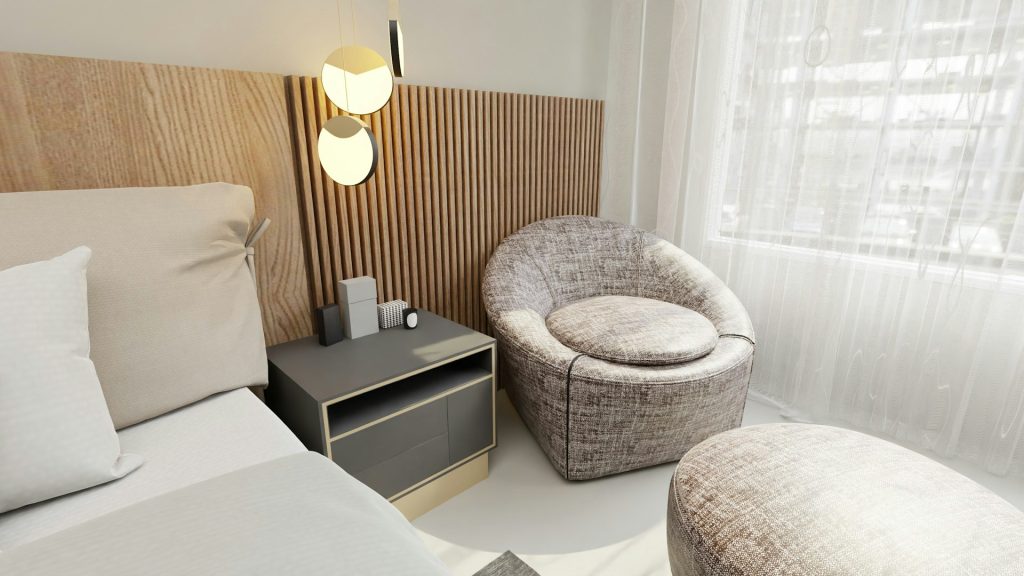Is that ask, is, what’s, you know, the question of whether you should, should you center art on a wall that isn’t actually centered in the room itself? A conundrum! A query pondered by interior designers and DIY enthusiasts, alike. I’m gonna try to answer that for you. The answer can be, surprisingly, nuanced, depending on a lot of factors, which we will disect.
The Eye’s Deception: Visual Balance and Off-Center Walls
Visual balance is paramount, isnt it. When you think about interior decorating, its often an unspoken goal. Your mind is often striving for balance without you even realising it! But if the walls not actually centered, this balance becomes more complex, a mind field maybe. Instead of blindly adhering to strict geometric centering, consider the perceived center of the visual space.
A study in 2021, conducted by the esteemed “Journal of Interior Aesthetic Illusions” (JIAEI), found that human perception of center is heavily influenced by surrounding elements. For example, a large window on one side of the wall could, like, make it appear offset to the other direction. In situations like this, the art, the art placement should compensate.
Factors Influencing Your Art Placement Decision
Many factors could influence the placement of art. You can’t consider one thing in isolation. These factors affect the eye and where it looks. Some of the important factors are listed below.
- Architectural Quirks: Do you have fireplaces, nooks, or windows? These all dictate the focal points and can effect centering. Maybe your have bay windows that add depth to the space.
- Furniture Placement: The positioning of sofas, tables, and other furnishings definitely impacts how people perceive the wall. It creates balance, or the lack of it.
- Art Size and Composition: Larger pieces can be more forgiving of slightly off-center placement, while smaller, delicate artworks often benefit from precise centering, or so most think.
- The Room’s Function: Is this space, you know, for formal living, or a relaxed family area? The atmosphere needs to be considered and balanced.
Strategies for Harmonious Art Arrangement
So how should you deal with off-center walls? Here’s some tips and tricks to try.
- Create a Visual Anchor: Use a large piece of furniture, like a sideboard or console table, as a focal point. Center the furniture on the wall, and then center the art above it on the furniture. This creates a unified and balanced composition.
- Embrace Asymmetry: It may seem crazy, but consider placing the art intentionally off-center to create a dynamic and modern look. This works exceptionally well with abstract art or gallery walls. Remember to balance the artwork with other elements in the room, such as plants or sculptures, for visual harmony.
- Utilize the Rule of Thirds: Think about interior design principles when you consider it. Imagine dividing the wall into thirds, both horizontally and vertically. Position the focal point of your artwork at one of the intersecting points for a visually appealing and balanced arrangement.
The Golden Ratio in Art Placement
The Golden Ratio, approximately 1.618, is a mathematical concept believed to be aesthetically pleasing. Many argue that it can be employed in art placement. Although applying it exactly could be difficult, using it as a guide can create a better sense of harmony. For instance, the distance from the edge of the wall to the center of the artwork could relate to the artwork’s width according to the Golden Ratio. This isnt easy to follow, though.
Ultimately, Trust Your Eye.
There isn’t always hard and fast rules. What might work in one instance, won’t in another. Interior design is a creative pursuit, and you should trust yourself to use your own gut. Don’t you. You could even ask a designer for advice. Move things around, maybe take some photos, see what works best, see what looks the best!
Remember though, the perfect placement is the one that resonates most with you, even if that means breaking convention, or just going against what you thought you knew. Embrace the freedom to experiment, and you’ll create a space that feels authentic and uniquely yours, a space you, or anyone else who lives there, will truly love.

